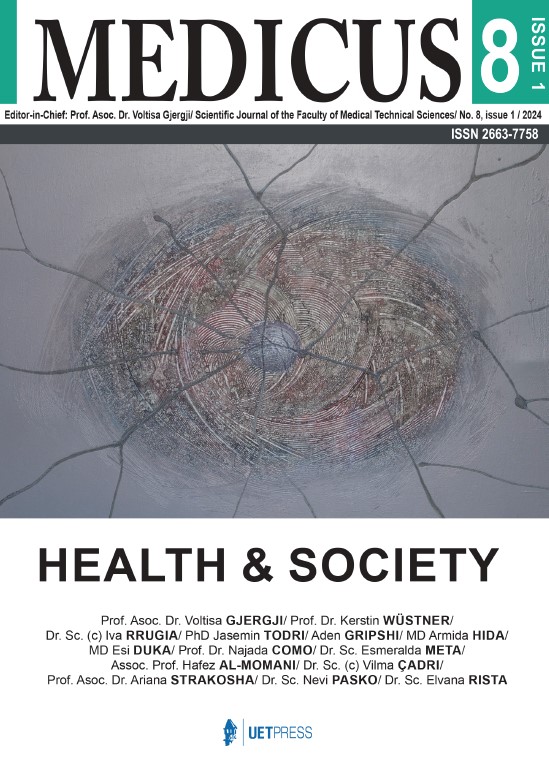EDITORIAL
In this issue of Medicus journal we collected articles which are focused on health patterns, health care and economy, as well as health behaviours. A study from Germany shows models of care for elderly people and the alternative policy strategies such as to stay at home with the help of live-in care. Another study reports on the attitudes (acceptability, preferences, and needs) of Albanian physiotherapists and the general population toward telerehabilitation. This cross-sectional observational study is conducted among the physiotherapists and the general population asking them about their experiences with telerehabilitation in physiotherapy in order to evaluate how recognized and applied is this field in Albania. (more…)https://doi.org/10.58944/mlqe7095


